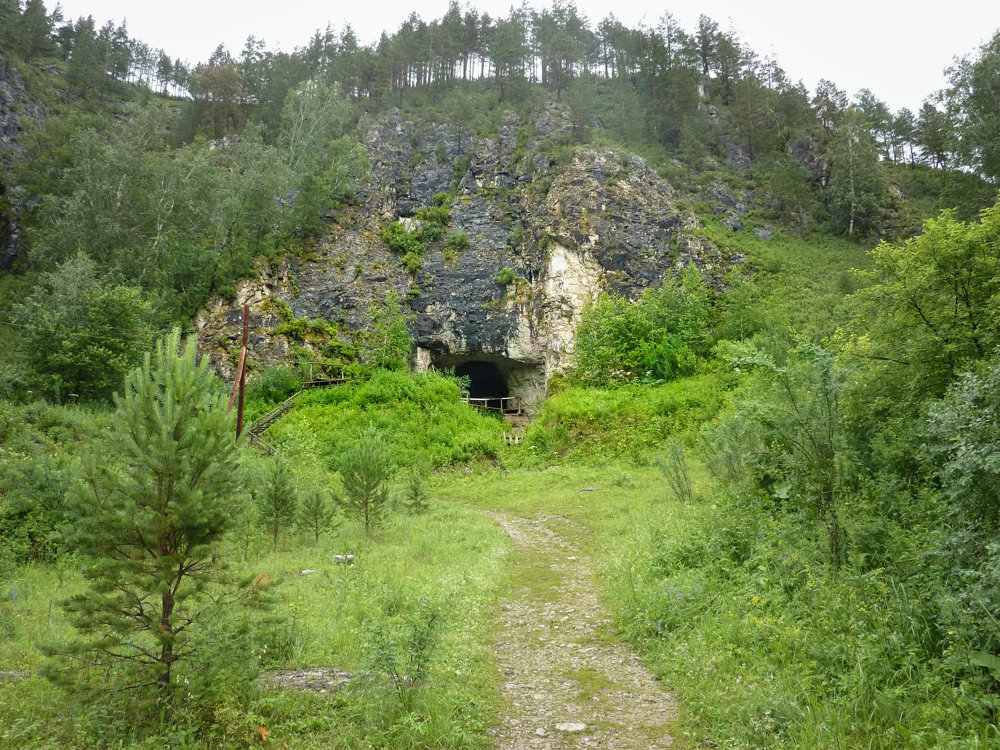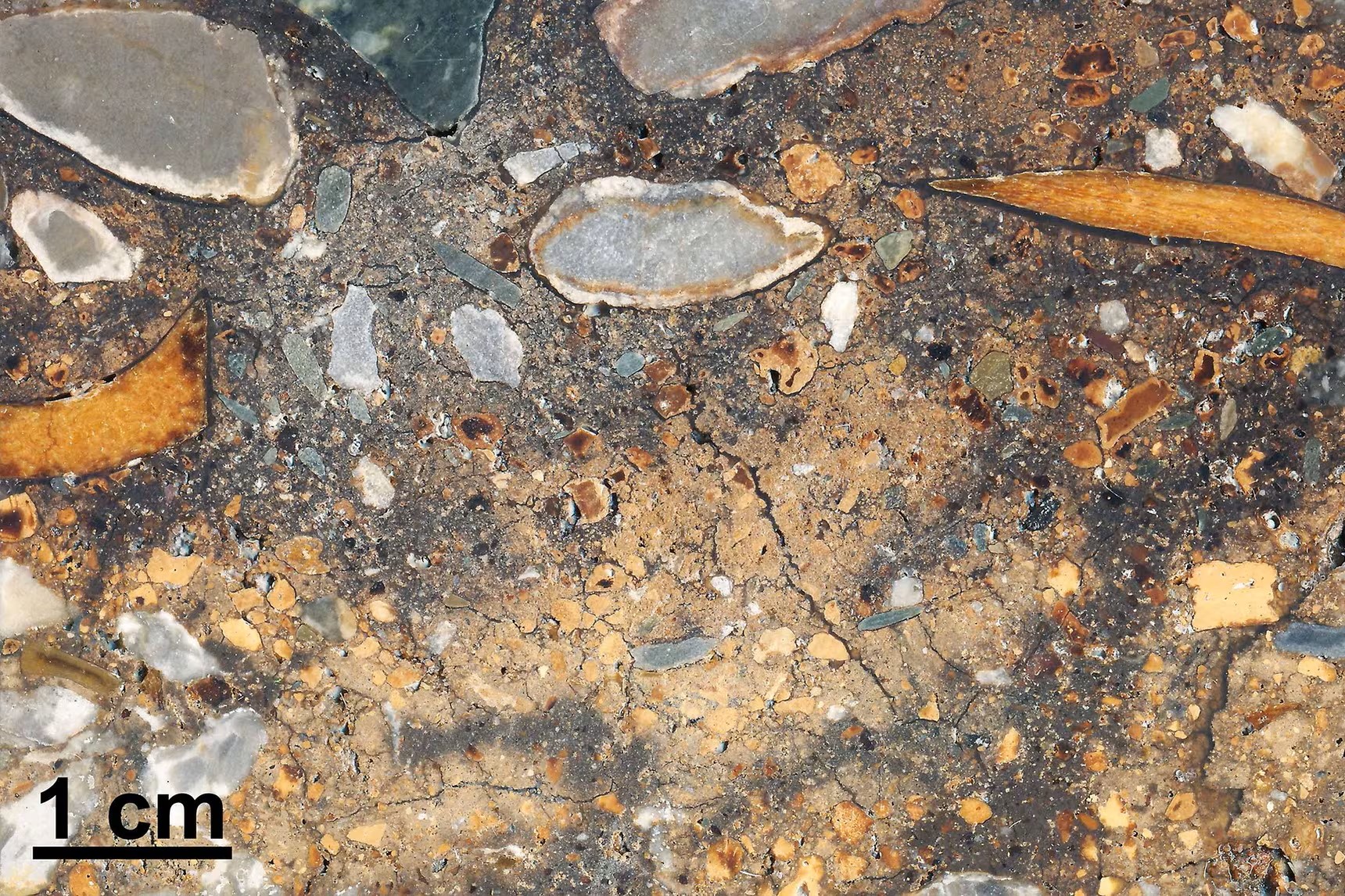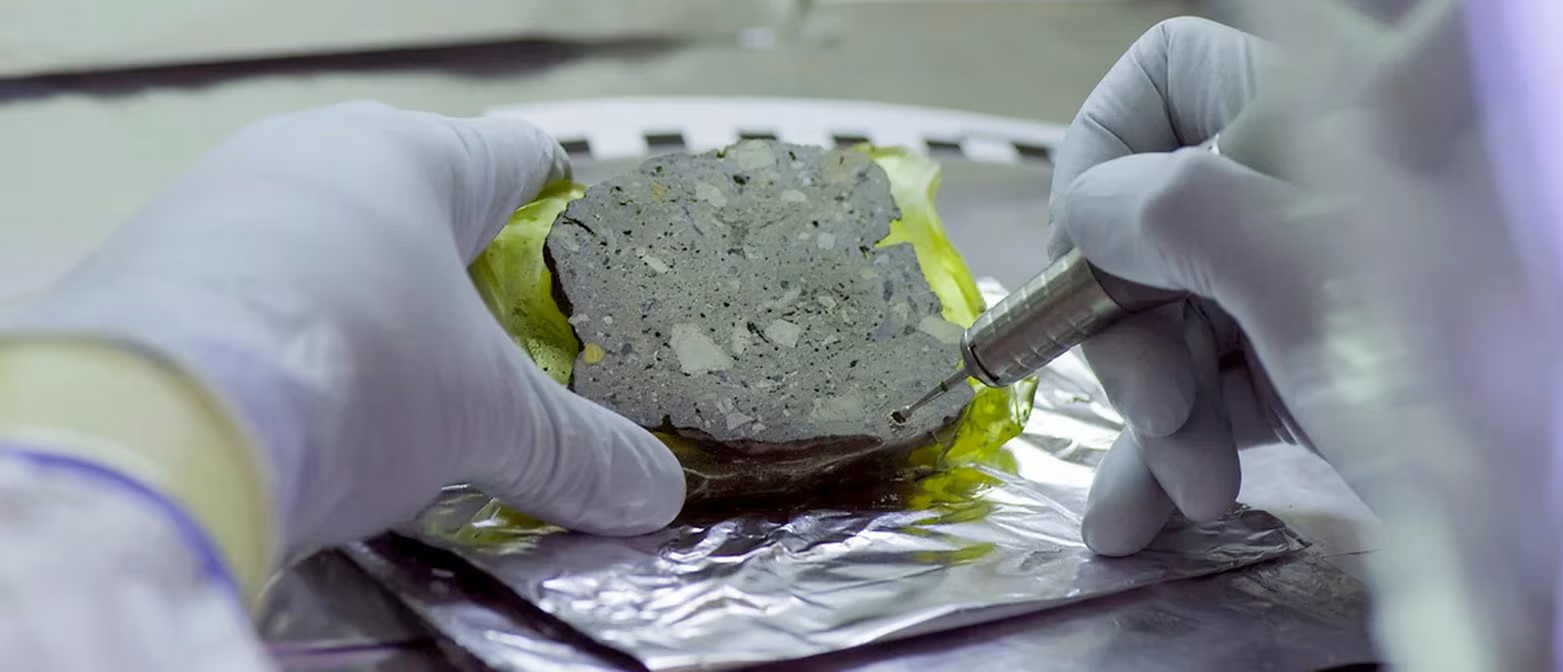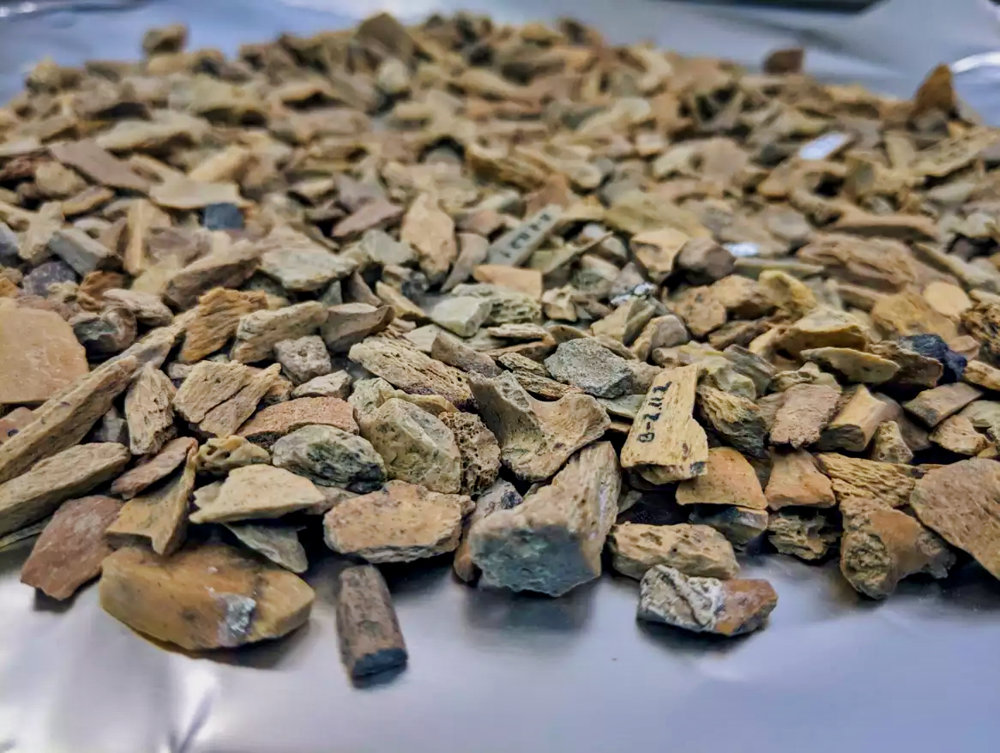Denisova Cave: A Time Capsule of Human Evolution
Nestled in the Altai Mountains of southern Siberia, Denisova Cave stands as a beacon for humanity's past. For over 200,000 years, this site hosted not one but three significant human groups—Denisovans, Neanderthals, and modern humans—making it a singularly unique location in the study of human evolution. Research led by German scientists from the Max Planck Institute for Evolutionary Anthropology in collaboration with international teams has revolutionized our understanding of these early populations.

A Unique Archaeological Treasure
Denisova Cave is a site of unparalleled importance, offering evidence of the cyclical habitation by different human species over millennia. Its well-preserved sediment layers have yielded fossils, stone tools, hunting remains, and an extraordinary wealth of DNA from bones and the surrounding earth. These findings reveal not just the physical presence of these groups but also their adaptability to changing climates and ecosystems.
The Denisovans, for instance, were adept hunters and toolmakers, thriving during a warm period. Their ability to hunt large animals such as bison and woolly rhinoceroses reflects a sophisticated understanding of their environment. Similarly, the strategic location of the cave, continuously utilized across millennia, suggests that it provided a vital refuge and resource hub for its inhabitants.
Revolutionary Methods Unlock Hidden Secrets



A Treasure Trove of Genetic Data
One of the most remarkable discoveries is the concentration of DNA preserved in the cave's sediments. Even samples stored for decades have revealed high concentrations of genetic material from Denisovans, Neanderthals, and other organisms. These findings emphasize that sediments themselves hold vast, untapped reservoirs of information, potentially reshaping our understanding of human history.
Contributions from a Study
Building on these discoveries, a recent study from Massilani et al. (2021) dives deeper into the microstratigraphic analysis of DNA in sediment layers. It highlights that DNA is not evenly distributed but concentrated in specific microparticles, such as bone fragments and coprolites. This insight refines how archaeologists can pinpoint genetic material in undisturbed layers, linking it more accurately to specific time periods and human activity. Furthermore, the study sheds light on the critical role of organic residues in preserving DNA and identifies "hotspots" within the sediments where DNA recovery is most fruitful.
These findings not only enhance the precision of archaeological interpretations but also strengthen the connections between Denisovans, Neanderthals, and earlier human groups. This nuanced approach to analyzing ancient genetic material exemplifies how technical advances continue to expand our knowledge of the complex web of human evolution.
Denisova Cave remains a profound testament to human ingenuity, past and present, offering a glimpse into the lives of our ancestors and the remarkable scientific techniques that bring their stories to light.
More information:
- https://www.mdr.de/wissen/archaeologie-fruehgeschichte/archaeologie-uebersieht-hinweise-in-sedimenten-100.html
- https://www.archaeologie-online.de/nachrichten/molekularanalysen-enthuellen-die-bislang-aeltesten-ueberreste-der-denisova-menschen-5180/
- Massilani, D., Morley, M. W., Mentzer, S. M., Aldeias, V., Vernot, B., Miller, C., Stahlschmidt, M., Kozlikin, M. B., Shunkov, M. V., Derevianko, A. P., Conard, N. J., Wurz, S., Henshilwood, C. S., Vasquez, J., Essel, E., Nagel, S., Richter, J., Nickel, B., Roberts, R. G., Pääbo, S. , Slon, V., Goldberg, P., & Meyer, M. (2021). Microstratigraphic preservation of ancient faunal and hominin DNA in Pleistocene cave sediments. Proceedings Of The National Academy Of Sciences, 119(1). https://doi.org/10.1073/pnas.2113666118
